The EU General Court Has Extinguished Louis Vuitton Rights To Exclusively Use Its Trademarked Chequerboard Logo.
The European General Court dished out a double blow to LV last week, canceling two trademarks belonging to the luxury brand that protected its iconic chequerboard print.
